The latest FORTE10 flight shows a USAF RQ-4B Global Hawk running one of its long surveillance circuits across Europe, lifting off from NAS Sigonella before crossing the Tyrrhenian Sea and flying over France and Germany on its way into Polish airspace.
The route ends at the junction of Poland, Lithuania and the Russian exclave of Kaliningrad, an area NATO watches closely.
The aircraft is a 47-foot-long uncrewed reconnaissance platform with a 131-foot wingspan, powered by a single Rolls-Royce turbofan. It climbs to about 60,000 feet, higher than commercial traffic and most weather, which lets its sensors work over a wide area with little risk of interference.
At that height it cruises at roughly 310 knots and can stay airborne for more than thirty hours. With a range of roughly 12,300 nautical miles, the Global Hawk can leave Sicily, sweep half a continent and return without refuelling.
FORTE10 carries a suite of synthetic aperture radar, electro-optical and infrared cameras, along with signals intelligence equipment. These systems gather high-resolution imagery, thermal signatures, radar maps and electronic emissions, giving analysts real-time detail on military movements across borders. The drone flies largely autonomously on pre-programmed routes while its ground crews handle launch, recovery and sensor tasks.
Flights of this kind form part of the regular US and NATO intelligence picture around Russia, offering long-range awareness without the risk to aircrew that comes with traditional manned reconnaissance aircraft.


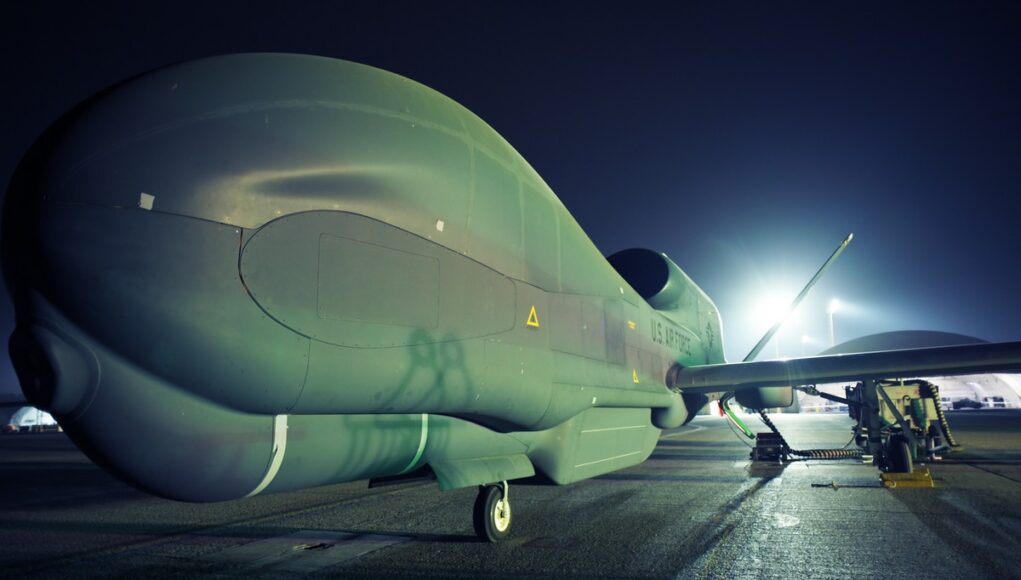


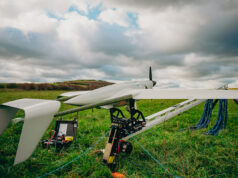
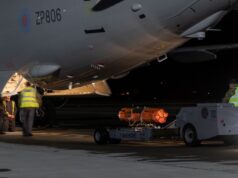


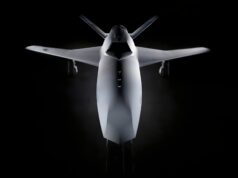


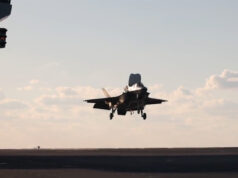

Now given trump’s latest,what side is actually benefiting from these flights?
The mega rich Elite, as always.